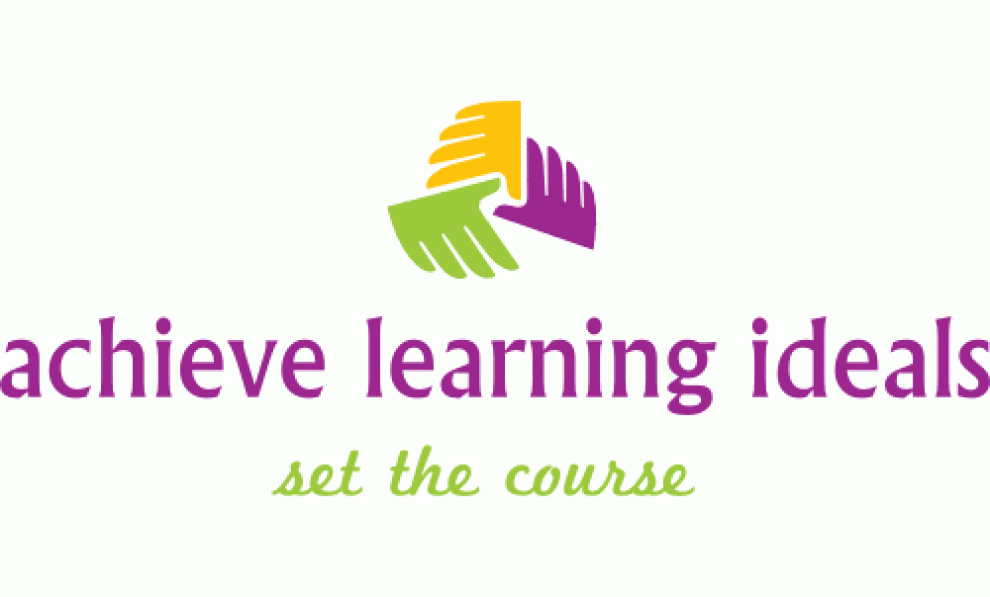Before there was a Captain Underpants we had Captain America, and Batman, and Superman and a host of other super heroes with Wonder Woman, and some of the Legionnaires thrown in as female “role models” too. Today we are seeing a revival of sorts for these “super” heroes through a revised media, with the characters bridging the gaps between original comic stars and the ones we are meeting through the TV, internet or movie screen. The screen characters have been adapted, modified to be in keeping with modern expectations, yet maintain a quaint throwback to those original paper heroes; the ones that were featured in the comic “books” of old.
True confessions- I enjoyed the antics of Kato and the Green Hornet on TV, but rarely read comics as a child; there were so many other books, magazines and reading material to select from- we lived a ten minute run across a park from a library, in addition to having an abundance of written material in the home. Still, as an adult I read the work of Dr. Krashen, and then began to review comics to discover not only what their attraction might be, but also to find this added vocabulary challenge which Dr. Krashen wrote about. Indeed, peppered throughout a piece is a great deal of vocabulary; it was therefore such fun to watch the new Gotham series and hear two actors emphasize the following word: “lackadaisical”; lovely – the repetition of a single word bringing home those years as a graduate student and the clear learning about how reading, to be an effective vocabulary builder, must engage or appeal to the reader. Whether parent or teacher, hearing a child laugh out loud over the adventures of a nerdy character, and then wanting to read the next in a series, be it the earlier mentioned Captain Underpants or Diary of a Wimpy Kid, or The Dork Diaries, and there are more in this “reality non –superhero comic style” genre of books today is a relief to many who worry if the child will engage with a book.
Engage; as in get together with; how wonderful that we now recognize the difference between active reading and passive actions. Active readers are engaged, wondering what will happen to the character, how the adventure will unfold, whether new characters will play a major or a minor role, and, without meaning to, absorb the vocabulary built into the tale! Have you a young person around who thoroughly got into the sport of Pokémon, collecting the cards and noting the characters’ super powers? And then a few years later, when being introduced to mythology began to recognize that some of those card characters resembled the ancient characters of yore?
Today young adults and older adults glued to both the book and the television series, following along with George RR Martin and his “Game of Thrones” are not merely reading and watching humans struggle over issues of power and in combat with forces of nature- the non-human characters who also enter the story generally as a destructive and to be feared force remind us subconsciously that the ongoing struggle of good versus evil is rarely clear cut and easily defined; instead this struggle appears to be ongoing and circular, intense, passionate and ever changing. Ultimately we experience along with the characters; when the story engages, we care, hoping our “heroes” will survive once more and challenge what ever issues they are newly confronted with; we also like a story which shocks us; which doesn’t always tie up the ends in an expected fashion. Perhaps the appeal of comic book characters is that they aren’t us, we don’t have to expect to have their abilities to defend a city or “to leap tall buildings in a single bound” but we still enjoy that someone’s imagination has created them for us- that these parallel universes can exist, and that for a brief interlude, we can sigh along with princesses, challenge a fire breathing dragon, combat evil from inside a space ship, or spin a web like Spider Man, while rescuing whomever is in distress. Real and imaginary work together inside the space we label “story”. When wondering with families about books their child should read, I change the word should to could- what is the student curious about? Sometimes it is title that appeals, other times, a text a friend recommended, and occasionally, serendipity enters the scene, and a word on a page simply brings to life an emotion and for the remainder of the story- a reader is enthralled.
For the struggling readers, the individuals to whom reading is anathema please remember to include story in the everyday- and allow for on screen, tv, movies, magazines and comics to fill their imaginations with how stories are told. Such learners crave the antics of super heroes too!


